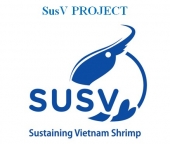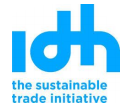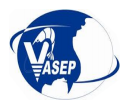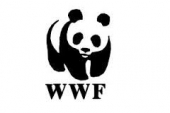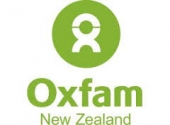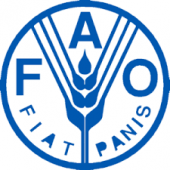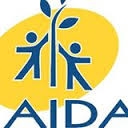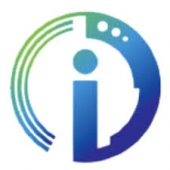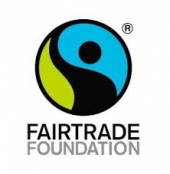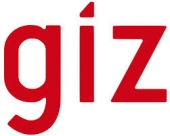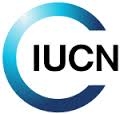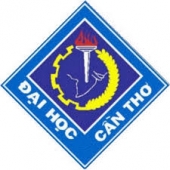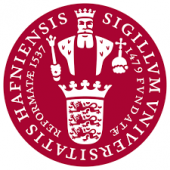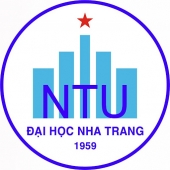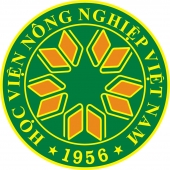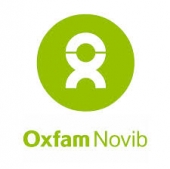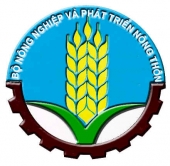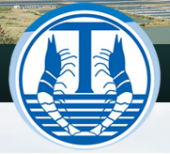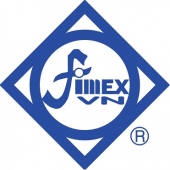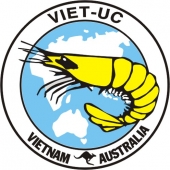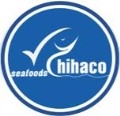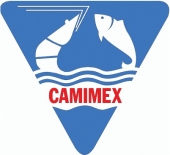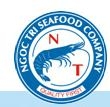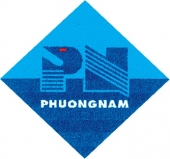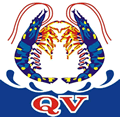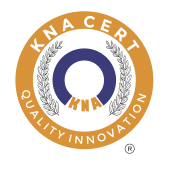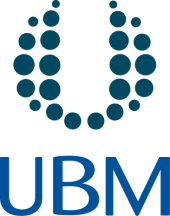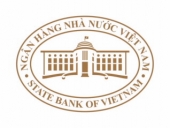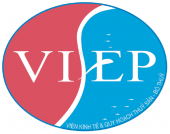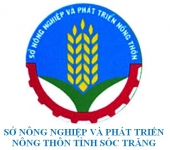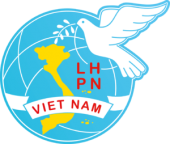Co-management
There are many definitions on co-management, but easily understood and fully, co-mangement is the share of responsibility and right between local community and the State to manage the fishery resources or other natural resouces. The target of co-management is the cooperation between the authority and resources users in province to have responsibility and right in resources management.

The first problem: Co-management in Vietnam and current village organization
With the above theory of co-management, Dr. Bui Xuan Dinh said that the co-management model in Vietnam had appeared in the feudral State. The feudral State delegated the right of self-control to villages to ensure the full tax resource (head-money and land-tax), other remaining problems were solved by villages. In order to enforce this right, villages maintained customs writen in the village regulation with the content not against to the Court's law. So village regulation is the embodiment of harmonization between the State and village, between village regulation and law. It means that, in Vietnam at the feudral period, the State had delegated powers to lowest administrative division (village) to self-control and the village regulation is tool to adjust social relationship in village community as well as to manage village.
Therefore, co-management is the political issue . As co-management implement would collide with the lowest class in the political system, the village, (those are units to make commune, although the village was not considered as administrative level according to the Constitution 1992), but it has the very important role in the Vietnamese political system.
Basing on the results of human literature and science research, Vietnamese State issued legal documents to develop the current Vietnamese village. The new co-management in Vietnam currently has following features: The mechanism of community organization is self-control; management tool is village regulation or new regulation; the scale of community organization is village; managed objects are society and citizen; implement area is all society. The head of village is elected by citizens, his task and right are regulated by PPC. Therefore, to carried out the new co-management, Vietnamese State has consolidated rather fully the village level although it was not an administrative division according to the Constitution 1992.
The second problem: Need to identify clearly the coastal small-scale fisheries in Vietnam
In the conference of assessment the situation of fishery exploting in nine months of 2008, to develop the production task of moonsoon season 2008-2009 in Phan Thiet from 6 to 7, 2008, Minister Cao Duc Phat said that the main target of the Dicision 289/QD-TTg of Prime Minister on the oil support for fishermen is the quantification of managed object - the number of fishing board, including small-scale fisheries in Vietnam. The Government paid for 2.200 bil.VND to have this data.
To September, 2009 there are 131.580 fishing board over the nation, in which the kind of board with capacity under 20CV is about 65.000, ~ 49,4% of the national total of fishing board. In some provinces, this number is higher as Khanh Hoa, 57,7% and Nghe An 52,6%.
Therefore, there is 50% of the total fishing board in Vietnam with the capacity of under 20CV act in the coastal area. In fact, this number is higher because kinds of board with the capacity of 30-50CV also capture in coastal region. It is very big pressure resulting from the coastal exploiting strengthening that impacts significantly on socio-economy of coastal area and leads to the exhaustion of the resources, the degradation of the ecological environment and poverty of fisherman.
Another aspect needs to be studied is the occupation classification to fishing vessels with capacity under 20 CV. Unfriendly environment small-scale fisheries as diving with dynamites, bottom trawl, two-wings trawl, electrical current, .... accounted for high rate.
The current coastal small-scale fisheries is facing with conflicts in coastal fisherman community: between non-engine and engine fisheries; between legal and illegal fisheries (trawl in banned area, dynamites, electrical current); between capture fisheries of neighbouring communities with marine aquaculture community and commune capture fisheries.
Therefore, the resources is limited in the coastal water leading to the high conflict within the fisherman community and the inadequacy between the authoried forces of fishery resources protection and the broken-law object.
Basing on above characteristics, to coastal small-scale fisheries in Vietnam, the urgent issue is not to re-organize production but mainly livelihood alternatives for small-scale fisherman to aquaculture.
Livelihood creation and alternatives for coastal small-scale fisherman have first and important meanings. A feature of coastal small-scale fisherman is poor and is not able to do offshore fishing (finance and experience) so fisherman's livelihood only bases on aquaculture. To deversify livelihood opportunity for fisherman, especially poor ones to increase their income and reduce risk. To indentify poor households needs to clarify. The sustainable development of aquaculture serving for the poverty-alleviation (SAPA) of Ministry of Fishery has been still valued on science and reality those need to be brought to the life.
The third problem: Finance to carry out co-management
In Philippins, Malaysia,... community-based resources management or more advancedly co-management bases mainly on funding from NGOs. In Vietnam, co-management models mainly base on funding from NGOs and only implement at pilot scale. In recent years, SCAFI component has developed co-management basing on the funding of FSPS II from Dannish Government. If there is no finance, the feasibility of the small-scale fisheries co-management is not high.
The fourth problem: Draft co-management guideline
The main tenor of the Guideline is Chapter III: Activities to carry out co-management at locality, with 6 big contents: to improve awareness and develop the capacity at locality; to develop the mechanism of co-management implement at local level; to plan co-management; adaptive management; to identify conditions to centralize use right for community; to develop regulation in community.
Steering Committee:
Beside the province, district and commune, it needs to have steering committee of Directorate of Fishery (Ministry of Agriculture and Rural Development).
Structure organization at community level:
There are 5 parts: Membership meeting; community management unit; monitoring board; self-control team; community members. Which level of local authority is this community organization approciate to ?
Membership meeting:
Like the Fisheries association at communes, the membership meeting is highest power organization between two terms to elect community committee (Executive Board).
In fact, the biggest difficulty of occupation associations' activities at provincial level is finance and more difficult at commune and district levels. Co-management organization at community level is voluteer one, self-control and self-finance. The fact shows that an association of occupation without office can not operate well. Without money means no staff, no secrectary team and office.
Community management unit::
In Vietnam, person who has prestige to lead citizens (fishermen), is elected with the lowest title: head of village, village cell and other titles as: front, association of farmer,... Depending on title, there is allowance from local authority. The problem is that where is finace from to pay salary, allowance for organization that developes co-management. Otherwise, the human resources for leadership of community also coincides with approciate authority level, most of them will do plurality so the effectiveness is not high. Human resources to manage fisherman community is not collected from fishermen or a little because they are low educated and management skill. How is about the relationship among community management units and executive committee and local authority if it is not identified clearly?
Monitoring board
As we think, Youth team and night-watchman team in provinces are established to maintain the society's order, transport,... Currently its members all have badges, uniform and allowance from local authority. To be different from monitoring board only do patrol in land. Co-management monitoring board not only acts in land but also mainly on the sea, so the board must have board (patrol board), who will provide patrol board? In the Article 28, Ordiance the President of PPC has power of making administrative punishment to 2.000.000 VND. The co-management monitoring board must belong to DPC to administrative aspect, belongs to technical inspector to professional management aspect (specifically Fishery inspector, Department of Agriculture and Rural Development).
Self-control team
The given tasks are all suitable to social and economic tasks.
Discussion:
From analysis, some opinions can be given:
1. The draft national guideline on co-management mainly focuses on apparatus organization to manage, meaning that only implement of 3 factors: the fisrt, third and fourth factor of the co-management process. To the coastal small-scale fisheries in Vietnam, the second factor - livelihood/economic development has a very important meaning. This was proved by the success of the provincial science project sponsored by provincial budget. In four factors of implement co-management, to be imbued with Vietnamese precept: “the way to a man’s heart through his stomach” , Khanh Hoa Department of Fishery has done the second factor: livelihood. As a result, they created works, reduced conflict, fishermen self-protect resources infront of their village; and apparatus organization that carries out co-management bases on village, commune authorities.
2. In four factors of implment co-management, no one can exist independently but they combines and supports to each other. So, beside re-perfecting the Draft to be approved by Prime Minister, the Government needs to issue Decision like the Decision 289 on " To support poor coastal community in developing sustainable livelihood and environment protection" in order to carry out the second factor of co-management.
3. The basic level of the apparatus to implement co-management is village. With rather closed organization, does it need to establish community management board? According to experts of co-management from ICLARM, if co-management in Philippins combines the management of culture, society, education and local legal frame, the effectiveness will be higher. In contrast, the new co-management in Vietnam is the management of society. From above analysis, an essential problem to Vietnamese fisheries villages is to develop village regulation with much more articles on fisheries management than other agriculture villages, so the new co-management in Vietnam is really applied to fisheries management.
4. The co-management monitoring board can not belong to the community management boad but local authority. The co-management monitoring board can act only basing on local authorities at village, commune levels. The level that decides recognition for community management board is CPC. Beside province, commune and district management boards, it needs to have the management board of Directorate of Fishery (Ministry of Agriculture and Rural Development).
5. Need to launch the solidarity movement of whole population to develop the fisheries cultural village.
Conclusion
- Need to carry out synchronically 4 factors of implement co-management, in which the second one - livelihood is the leading important factor;
- There is new co-management in Vietnam with the managed objects: society and citizens then that is only combined with the coastal small-scale fisheries, we will have coastal small-scale fisheries co-management in Vietnam.
Võ Thiên Lăng - Vietnam Fisheries Society (VINAFIS)

